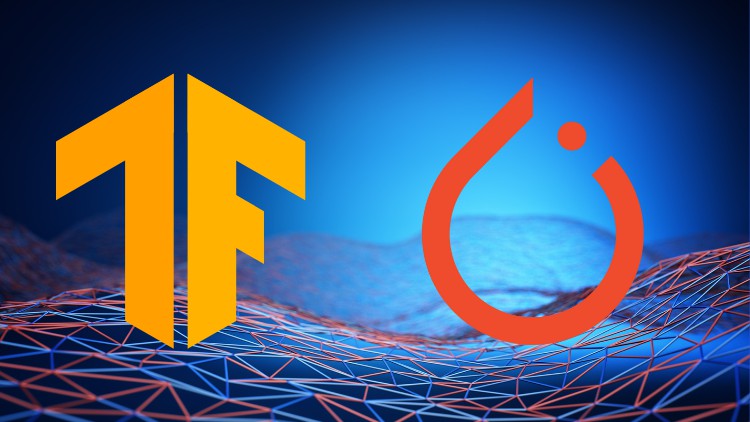
Learn Machine Learning, Deep Learning, Bayesian Learning and Model Deployment in Python.
What you will learn
Deep Learning with Tensorflow!!!
Deep Learning with PyTorch!!! Yes both Tensorflow + PyTorch!
Bayesian learning with PyMC3
Data Analysis with Pandas
Algorithms from scratch using Numpy
Using Scikit-learn to its full effect
Model Deployment
Model Diagnostics
Natural Language Processing
Unsupervised Learning
Natual Language Processing with Spacy
Time series modelling with FB Prophet
Python
Description
This is a course on Machine Learning, Deep Learning (Tensorflow + PyTorch) and Bayesian Learning (yes all 3 topics in one place!!!). Yes BOTH Pytorch and Tensorflow for Deep Learning.
We start off by analysing data using pandas, and implementing some algorithms from scratch using Numpy. These algorithms include linear regression, Classification and Regression Trees (CART), Random Forest and Gradient Boosted Trees.
We start off using TensorFlow for our Deep Learning lessons. This will include Feed Forward Networks, Convolutional Neural Nets (CNNs) and Recurrent Neural Nets (RNNs). For the more advanced Deep Learning lessons we use PyTorch with PyTorch Lightning.
We focus on both the programming and the mathematical/ statistical aspect of this course. This is to ensure that you are ready for those theoretical questions at interviews, while being able to put Machine Learning into solid practice.
Some of the other key areas in Machine Learning that we discuss include, unsupervised learning, time series analysis and Natural Language Processing. Scikit-learn is an essential tool that we use throughout the entire course.
We spend quite a bit of time on feature engineering and making sure our models don’t overfit. Diagnosing Machine Learning (and Deep Learning) models by splitting into training and testing as well as looking at the correct metric can make a world of difference.
I would like to highlight that we talk about Machine Learning Deployment, since this is a topic that is rarely talked about. The key to being a good data scientist is having a model that doesn’t decay in production.
I hope you enjoy this course and please don’t hesitate to contact me for further information.
Content
Introduction
Basic python
Pandas
Numpy
Scikit-Learn
Plotting
Classification
Time Series
Model Diagnostics
Unsupervised Learning
Natural Language Processing
NLP Part 2 (Spacy)
Regularization
Deep Learning
Convolutional Neural Nets
Model Deployment
Final Thoughts